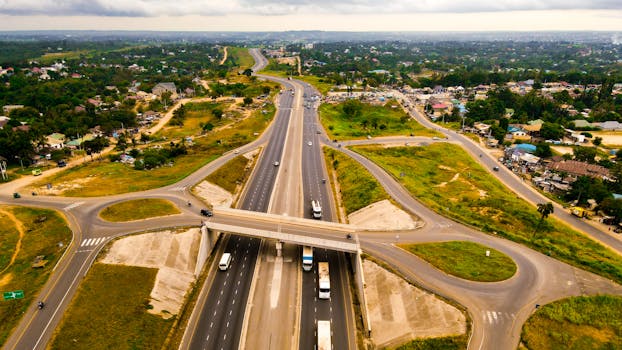Smart Homes and Smart Living: The Technological Transformation of European Homes by 2025
Smart Homes and Smart Living are revolutionizing the way Europeans live, work, and interact with their living spaces. The integration of cutting-edge technology, such as artificial intelligence, Internet of Things (IoT), and data analytics, is transforming the European home into a hub of innovation, efficiency, and sustainability.
Introduction to Smart Homes and Smart Living
Smart Homes and Smart Living refer to the integration of technology and automation in residential buildings to create a more comfortable, convenient, and sustainable living environment. This concept has been gaining momentum in recent years, driven by the increasing demand for energy efficiency, security, and convenience.
Key Features of Smart Homes and Smart Living
- Energy Management: Smart homes are equipped with advanced energy management systems that optimize energy consumption, reduce waste, and promote sustainability.
- Home Automation: Smart homes can be controlled remotely, allowing residents to adjust lighting, temperature, and security settings with ease.
- Security and Surveillance: Smart homes often feature advanced security systems, including motion detectors, cameras, and alarm systems.
- Health and Wellness: Smart homes can be designed to promote health and wellness, with features such as air quality monitoring, water purification, and fitness tracking.
The Technological Transformation of European Homes
By 2025, the European home will undergo a significant transformation, driven by advancements in technology and changing lifestyles. Some of the key trends driving this transformation include:
- Internet of Things (IoT): The increasing proliferation of IoT devices, such as smart thermostats, lights, and security cameras, is creating a more connected and automated living environment.
- Artificial Intelligence (AI): AI is being integrated into smart homes to optimize energy consumption, predict maintenance needs, and enhance security.
- Data Analytics: The use of data analytics is becoming more prevalent in smart homes, allowing residents to track energy consumption, monitor security, and optimize performance.
Benefits of Smart Homes and Smart Living
The benefits of smart homes and smart living are numerous, including:
- Energy Efficiency: Smart homes can reduce energy consumption by up to 30%, resulting in significant cost savings and a reduced carbon footprint.
- Increased Convenience: Smart homes offer unparalleled convenience, with features such as voice control, remote access, and automated scheduling.
- Enhanced Security: Smart homes often feature advanced security systems, providing residents with greater peace of mind and protection.
Challenges and Opportunities
While the technological transformation of European homes presents numerous opportunities, there are also challenges to be addressed. Some of the key challenges include:
- Cybersecurity: The increasing connectivity of smart homes creates new cybersecurity risks, which must be addressed through robust security measures.
- Interoperability: The integration of multiple devices and systems can be complex, requiring standardized protocols and interoperable solutions.
- Cost: The cost of smart home technology can be prohibitive, making it inaccessible to many consumers.
Conclusion
In conclusion, the technological transformation of European homes by 2025 will be driven by advancements in technology and changing lifestyles. Smart Homes and Smart Living will become the norm, offering unparalleled convenience, efficiency, and sustainability. While there are challenges to be addressed, the opportunities presented by this transformation are significant, and it is essential that stakeholders work together to create a more connected, efficient, and sustainable living environment.






